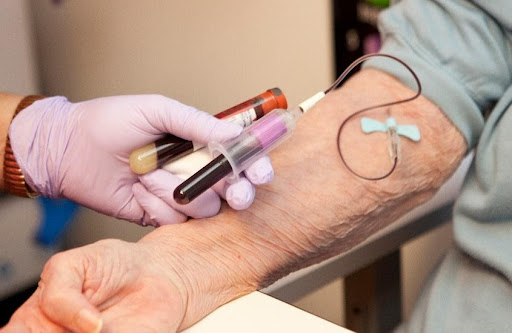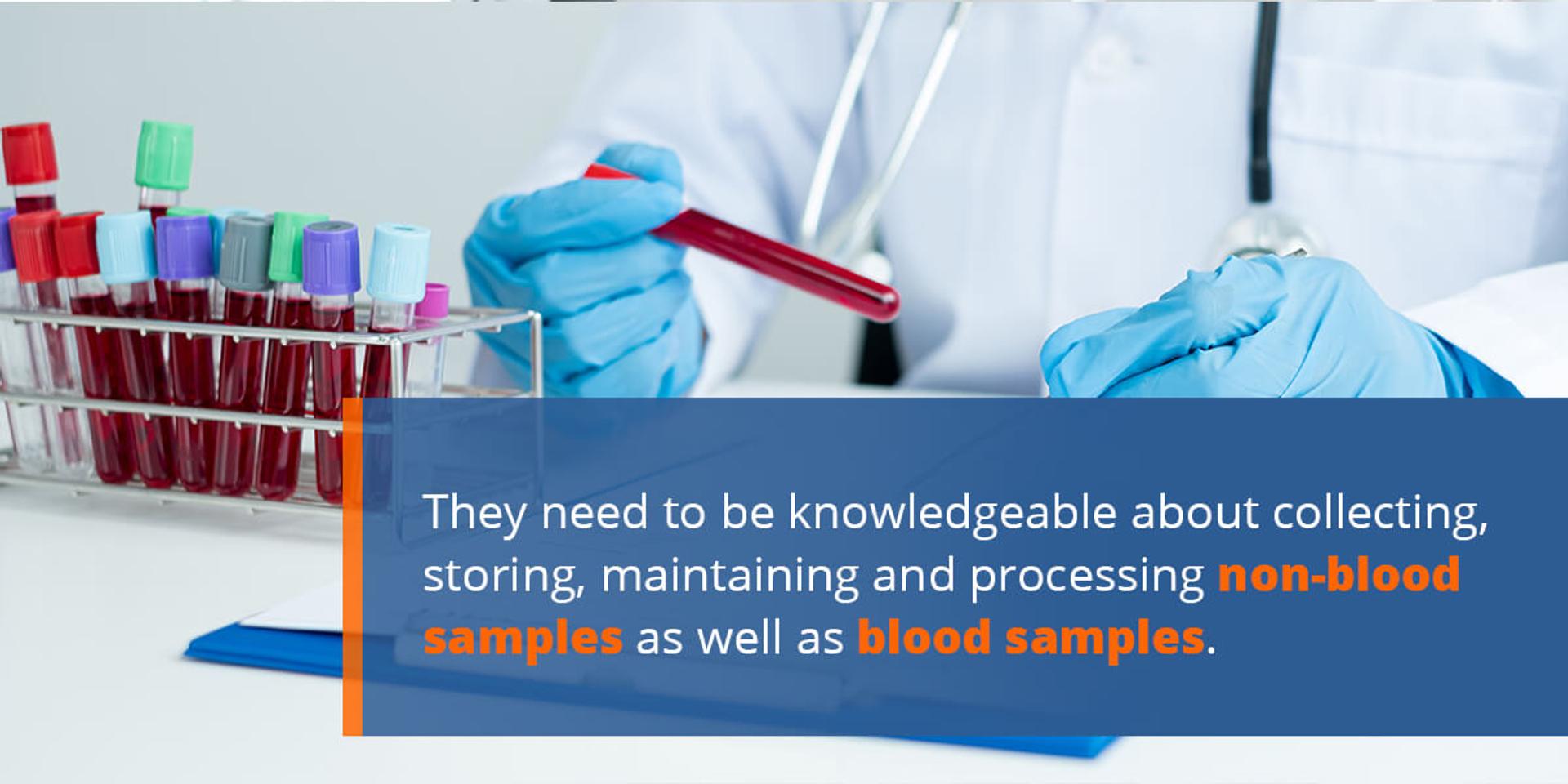The Of Northeast Medical Institute - New Haven Campus Phlebotomy Course & Cna Class
The Of Northeast Medical Institute - New Haven Campus Phlebotomy Course & Cna Class
Blog Article
Northeast Medical Institute - New Haven Campus Phlebotomy Course & Cna Class Things To Know Before You Get This
Table of ContentsThe Only Guide for Northeast Medical Institute - New Haven Campus Phlebotomy Course & Cna ClassNortheast Medical Institute - New Haven Campus Phlebotomy Course & Cna Class Can Be Fun For AnyoneA Biased View of Northeast Medical Institute - New Haven Campus Phlebotomy Course & Cna ClassThe 5-Second Trick For Northeast Medical Institute - New Haven Campus Phlebotomy Course & Cna ClassThe Buzz on Northeast Medical Institute - New Haven Campus Phlebotomy Course & Cna ClassThe Single Strategy To Use For Northeast Medical Institute - New Haven Campus Phlebotomy Course & Cna Class
However, making use of such tools must be accompanied by various other infection prevention and control techniques, and training in their usage. Not all safety and security tools apply to phlebotomy. Prior to selecting a safety-engineered tool, individuals need to thoroughly explore readily available tools to determine their appropriate usage, compatibility with existing phlebotomy practices, and effectiveness in shielding staff and clients (12, 33).For setups with low resources, price is a driving variable in procurement of safety-engineered devices. Where safety-engineered tools are not readily available, knowledgeable use of a needle and syringe is acceptable.
One of the crucial markers of high quality of care in phlebotomy is the participation and participation of the client; this is equally helpful to both the health employee and the person. Clear information either written or spoken need to be readily available to each individual who goes through phlebotomy. Annex F provides example message for clarifying the blood-sampling procedure to an individual. labelling); transportation problems; interpretation of results for medical management. In an outpatient department or facility, offer a dedicated phlebotomy work area containing: a clean surface area with 2 chairs (one for the phlebotomist and the various other for the patient); a hand clean basin with soap, running water and paper towels; alcohol hand rub. In the blood-sampling area for an outpatient division or center, supply a comfortable reclining couch with an arm remainder.
The Basic Principles Of Northeast Medical Institute - New Haven Campus Phlebotomy Course & Cna Class
Guarantee that the signs for blood sampling are plainly defined, either in a written method or in documented guidelines (e.g. in a lab type). In any way times, adhere to the methods for infection prevention and control noted in Table 2.2. Infection prevention and control methods. Accumulate all the devices needed for the treatment and area it within risk-free and simple reach on a tray or trolley, guaranteeing that all the items are plainly noticeable.
Introduce yourself to the patient, and ask the person to mention their full name. Inspect that the laboratory type matches the client's identification (i.e. match the individual's information with the research laboratory kind, to guarantee exact recognition).
Make the individual comfortable in a supine placement (if feasible). Place a clean paper or towel under the client's arm. Discuss the test to be done (see Annex F) and get spoken approval. The person has a right to reject an examination at any moment prior to the blood tasting, so it is crucial to make sure that the client has actually understood the treatment.
The Basic Principles Of Northeast Medical Institute - New Haven Campus Phlebotomy Course & Cna Class
Expand the individual's arm and inspect the antecubital fossa or lower arm. Situate a capillary of a great size that shows up, straight and clear. The diagram in Section 2.3, reveals typical positions of the vessels, but many variants are possible. The typical cubital vein exists between muscular tissues and is normally one of the most simple to pierce.
DO NOT place the needle where capillaries are diverting, due to the fact that this raises the chance of a haematoma. Finding the blood vessel will aid in establishing the right dimension of needle.
Samplings from main lines lug a danger of contamination or wrong laboratory examination outcomes. It is appropriate, yet not excellent, to draw blood specimens when initial presenting an in-dwelling venous gadget, before connecting the cannula to the intravenous fluids.
What Does Northeast Medical Institute - New Haven Campus Phlebotomy Course & Cna Class Do?
Enable the area to dry. Failure to enable adequate call time boosts the risk of contamination. DO NOT touch the cleaned up site; particularly, DO NOT position a finger over the capillary to direct the shaft of the revealed needle. It the website is touched, repeat the sanitation. Do venepuncture as follows.
Ask the person to develop a fist so the capillaries are more famous. Go into the vein quickly at a 30 level angle or less, and remain to present the needle along the vein at the easiest angle of access - Phlebotomy Training. When adequate blood has been collected, launch the tourniquet BEFORE taking out the needle
The Only Guide for Northeast Medical Institute - New Haven Campus Phlebotomy Course & Cna Class
Withdraw the needle gently and apply gentle stress to the website with a tidy gauze or completely my explanation dry cotton-wool ball. Ask the person to hold the gauze or cotton woollen in area, with the arm prolonged and elevated. Ask the individual NOT to flex the arm, since doing so triggers a haematoma.

Excitement About Northeast Medical Institute - New Haven Campus Phlebotomy Course & Cna Class
Where feasible, maintain the tubes in a shelf and move the shelf towards you - https://northeast-medical-institute.jimdosite.com. If the example tube does not have a rubber stopper, inject incredibly gradually right into the tube as reducing the stress and velocity made use of to move the sampling decreases the threat of haemolysis.

Report this page